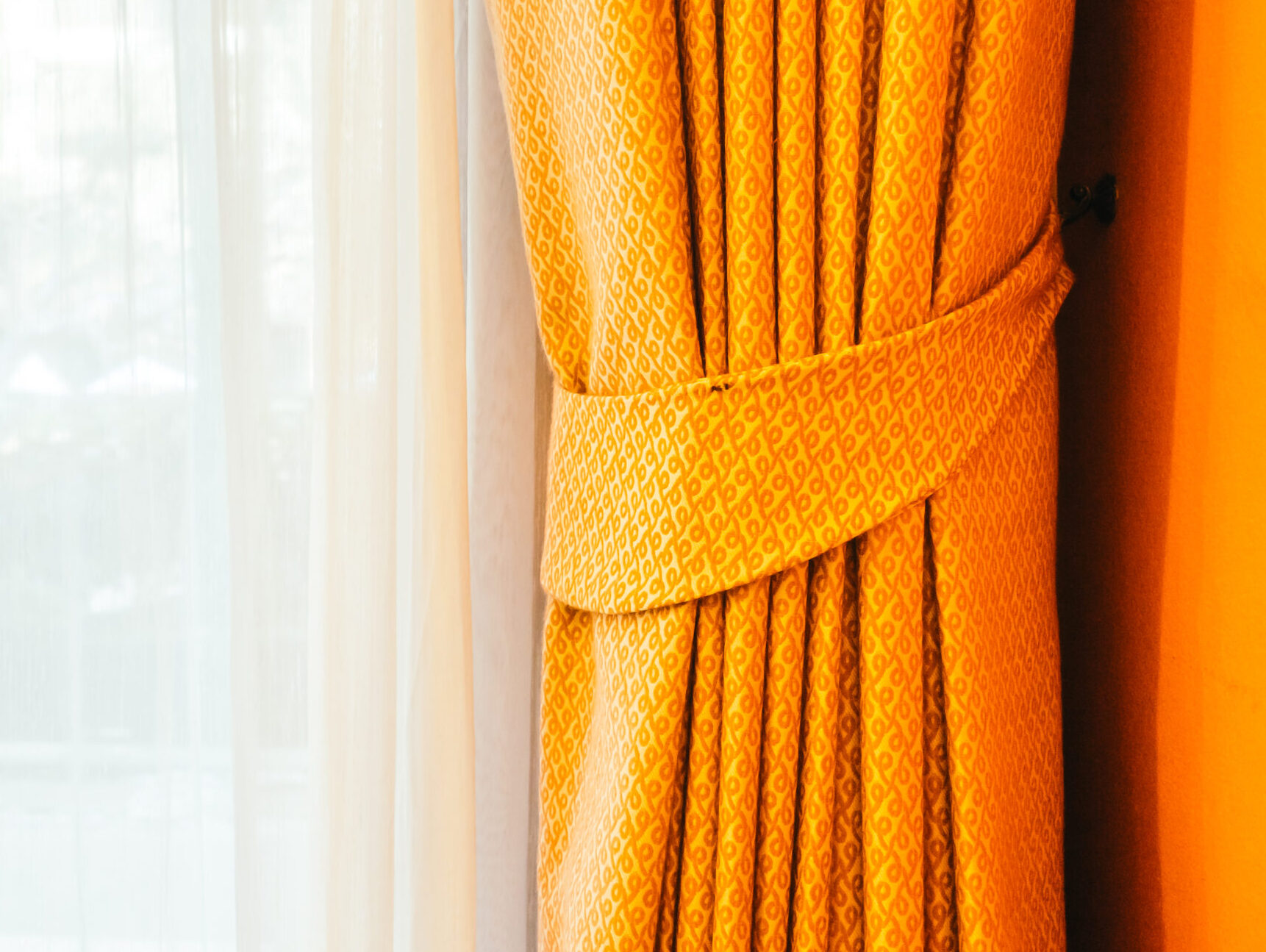
Table of Contents
1. Introduction
“Learn How to Fix a Broken Tension Rod – A Step-by-Step Guide to Repairing Tension Rods.” Tension rods are versatile and convenient for various applications around your home. Whether you’re using them for curtains, shower curtains, or storage solutions, they’re designed to be adjustable and easy to install. However, like any household item, tension rods can sometimes break or malfunction. In this guide, we’ll explore how to fix a broken tension rod quickly and easily, saving you time and money.
2. What Is a Tension Rod?
A tension rod, also known as a spring tension rod or a spring-loaded rod, is a rod designed to create tension between two surfaces, typically within a window frame, a shower space, or between two walls. They rely on the compressive force created when the rod is extended and wedged tightly between these surfaces.

3. Common Issues with Tension Rods
“Discover the Secrets of Repairing Broken Tension Rods – How to Fix a Broken Tension Rod Effectively.” Tension rods are relatively simple, but they can experience various issues over time. Some common problems include:
- Slipping or falling: Tension rods may not hold their place and fall down.
- Bending or warping: The rod may bend or warp under pressure.
- Not extending properly: Difficulty extending the rod to the desired length.
- Failing to create tension: The rod may not hold firmly between surfaces.
4. Tools and Materials You’ll Need
Before you start fixing your broken tension rod, gather the following tools and materials:
- Replacement tension rod (if necessary)
- Screwdriver
- Pliers
- Sandpaper
- Epoxy adhesive
- A soft cloth
- Safety goggles
5. How to Fix a Broken Tension Rod
5.1. Step 1: Remove the Tension Rod
Start by removing the broken or malfunctioning tension rod from its current location. Gently detach it and inspect it for damage.
5.2. Step 2: Inspect for Damage
Examine the tension rod carefully. Look for any visible damage, such as bends, cracks, or warping. Understanding the extent of the damage is crucial for deciding how to proceed.
5.3. Step 3: Repairing Minor Damage
If the damage is minor, follow these steps:
- Use sandpaper to smooth out any rough edges.
- Apply epoxy adhesive to the damaged area.
- Reattach the rod between the surfaces and allow it to dry according to the adhesive instructions.
5.4. Step 4: Repairing Major Damage
For more significant damage, follow these steps:
- If the rod is severely bent or warped, consider replacing it with a new tension rod.
- If the rod’s ends are damaged, replace them with new end caps, which are available at hardware stores.
6. Preventing Future Issues
To prevent future issues with your tension rod, consider these tips:
- Avoid overloading the rod with heavy items.
- Regularly check the rod’s tension and readjust it if necessary.
- Keep the rod clean and free of debris to ensure smooth extension.

7. Conclusion
Fixing a broken tension rod is a manageable task, whether the damage is minor or major. With the right tools and materials, you can save money and enjoy the benefits of a fully functional tension rod in your home. By following the steps outlined in this guide, you can ensure your tension rod stays in place, whether you’re hanging curtains or organizing your space.
Check our guide How Do You Tighten A Shower Curtain Tension Rod
Check some quality tension rods here.
8. FAQs
Q1. Can I repair a severely bent tension rod?
A1. In most cases, it’s best to replace a severely bent tension rod rather than attempting to repair it. Replacement rods are readily available at affordable prices.
Q2. Are tension rods suitable for heavy curtains?
A2. Tension rods are designed for lightweight to medium-weight curtains. If you have heavy curtains, it’s recommended to use a different type of curtain rod for better support.
Q3. How often should I check the tension of my rod?
A3. Regularly check your tension rod for any signs of slipping or sagging. Depending on use, this may be necessary every few months.
Q4. Can I use a broken tension rod as a temporary solution?
A4. It’s not advisable to use a broken tension rod as a temporary solution. A broken rod may not hold securely, posing safety risks.
Q5. What do I do if my tension rod constantly falls?
A5. If your tension rod keeps falling, consider using a new rod, as this indicates that the current rod may be damaged beyond repair.

1 thought on “How to Fix a Broken Tension Rod”